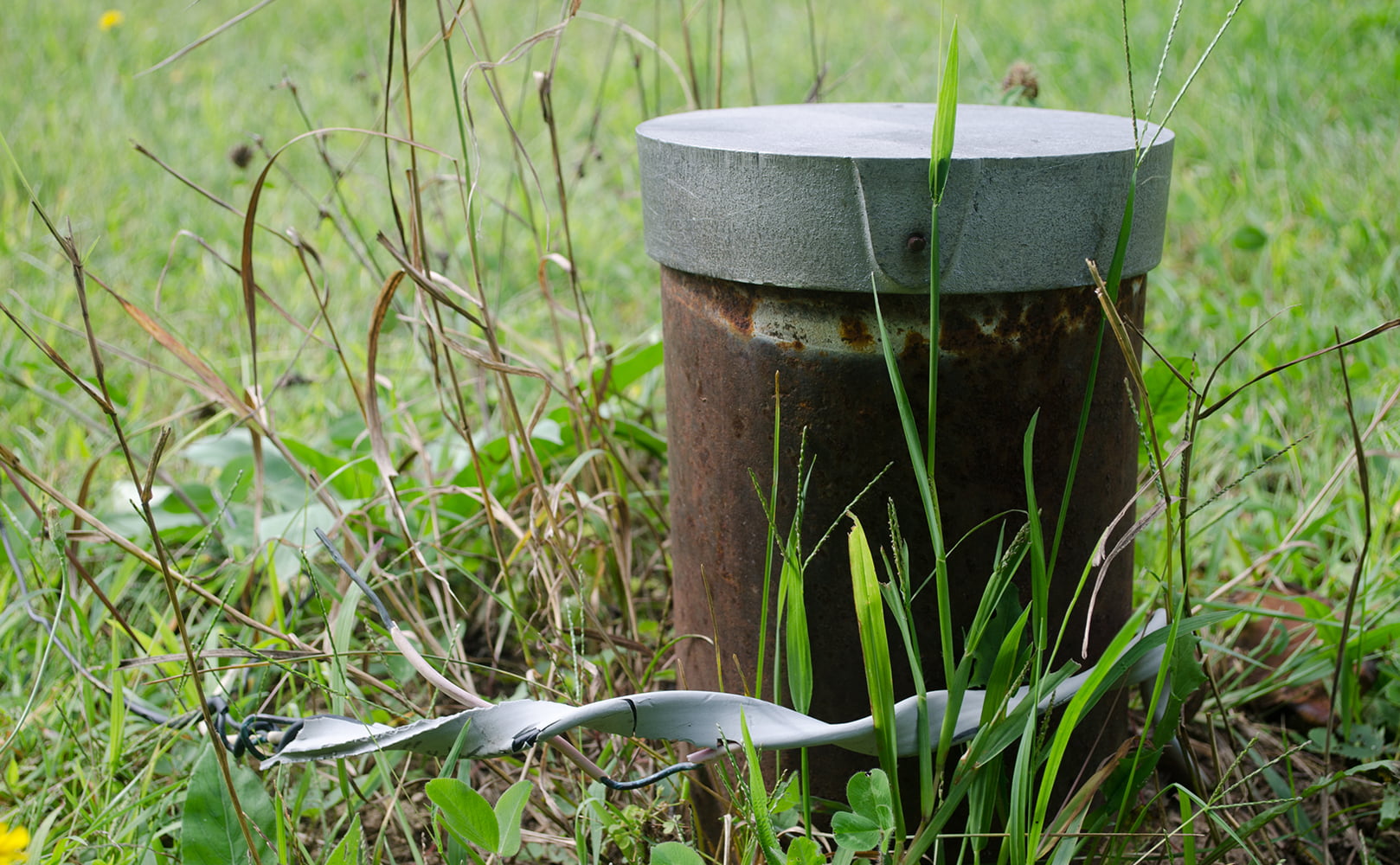Where Is the Sediment Filter for a Well? Find Out Here!
Written by: Alexandra Uta // Last Updated: Aug 22, 2023
This page may contain affiliate links. If you buy a product or service through such a link we earn a commission at no extra cost to you. Learn more.
So, you know you have a sediment filter installed for your well water supply, but you don’t know where it is.
Maybe you want to check that it’s working properly, or you want to replace the filter cartridge.
Well, you came to the right place! Because this article focuses on answering one question: Where is the sediment filter for a well?
Key Takeaways
- Your sediment filter is most likely installed somewhere close around your pressure tank.
- Another place to check is before other water treatment equipment like whole house water filters, water softeners, and water heaters.
Where Is the Sediment Filter for a Well?
So, where is the sediment filter for your well water supply?
Short answer: Most likely somewhere near your pressure tank.
Long answer: Sediment filters can be placed before or after the pressure tank, anywhere along the main water line as long as there is space to install and access it for maintenance. Where exactly depends on your well water system configuration among other factors.
Let’s elaborate:
If water from a well is very dirty, installing a sediment filter before the pressure tank to protect it from said debris can make sense. While pressure tanks aren’t very sensitive to sediment, overly dirty water can shorten their lifespan.
However, installing a sediment filter before the pressure tank also has drawbacks. When it gets clogged, this may cause your well pump to run continuously, damaging it. That’s why many experts strictly recommend placing sediment filters downstream of pressure tanks.
In addition, allowing sediment to travel a long distance through your pipes will only lead to unnecessary wear and tear on them. So, it makes sense to put them as close as possible to where water first enters your home.
So again, if you want to quickly locate your sediment well water filter you should look right before and after your pressure tank.
In addition, sediment filters should be first in line, preventing sediment from entering your other water filtration or treatment equipment — such as other whole house water filters, water softeners, water heaters and so on. So, if you can’t find a sediment filter close to your pressure tank, there should at least be one installed as a pre-filter.
What Is a Sediment Filter and How Do the Different Types Work?
Cartridge-Based Sediment Filters
These use filter cartridges to screen out sediment.
Sediment filter cartridges need to be changed every few months which is an ongoing expense.
The most popular types of cartridges used are as follows:
Pleated
Also known as surface filters, pleated sediment filters consist of thin sheets made of material like polypropylene/polyester. The sheets act as a filter screen. Folds on the sheets give them a larger surface area.
Dirt builds up on the pleats and forms a layer. This layer of dirt actually enhances filtration efficiency taking part in the filtering process.
Pleated sediment filters work best when the particles in the water are all similar-sized.
Also, they can clean your water without causing a drop in water pressure, allowing higher flow rates.
Pleated filters can also be washed by gently hosing them down. In addition, they are one of the cheapest cartridge options and have a longer lifespan than depth filters.
String-Wound
String-wound sediment filters are a type of depth filter composed of wound cotton, polypropylene, or polyester string wrapped around a center core. String-wound filters feature a “graded density” — tighter at the core and lighter on the outside.
This means larger sediments are screened out first. As water passes through the layers of string, smaller and smaller particles are removed.
However, the strings may loosen and shift when the cartridges are overloaded with sediment. Debris may then flow back into the water, indicating that it is time for a cartridge replacement.
String-wound filters need to be cleaned or changed more often than pleated ones due to their smaller surface area.
Melt-Blown (Spun)
Melt-blown and spun filters are a type of depth filter consisting of intricately layered fibers. They are made by blowing high-velocity air onto molten polymer ejected through small nozzles. The fibers are collected on a conveyor and form a fine, porous fiber.
Like their string-wound counterparts, the core of a melt-blown/spun sediment water filter is denser than the outer part.
Spin-Down Filters
Spin-down sediment filters separate particles from the water by spinning it. A mesh is used to trap chunks of debris.
You can clean the mesh by flushing it. This means you don’t have to purchase and replace any cartridges.
The downside to spin-down filters is that they need regular flushing, depending on the amount of sediment in your water.
Sediment Backwash Filters
Backwash filters are also known as tank-style filters. They clean themselves periodically by rinsing away the impurities cleaned from the water.
This option can be used for city or well water, although they are usually used for the latter.
Backwashing sediment filters typically last much longer than the other types.
But as their name implies, the downside is that they produce wastewater in the backwashing process.
If you have any thoughts about the question, where is the sediment filter on a well, please don’t hesitate to leave a comment below!
Information provided on BOS is for educational purposes only. The products and services we review may not be right for your individual circumstances.
We adhere to strict editorial guidelines. Rest assured, the opinions expressed have not been provided, reviewed, or otherwise endorsed by our partners – they are unbiased, independent, and the author’s alone. Our licensed experts fact-check all content for accuracy. It is accurate as of the date posted and to the best of our knowledge.



